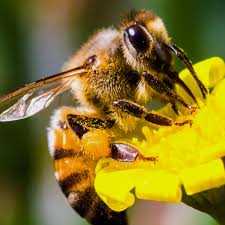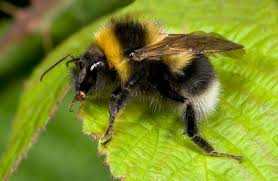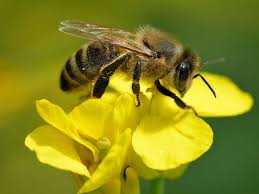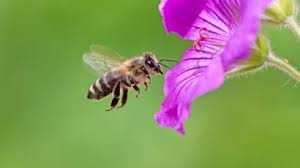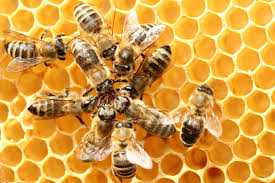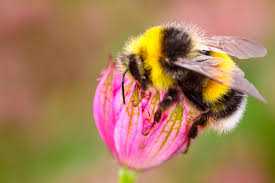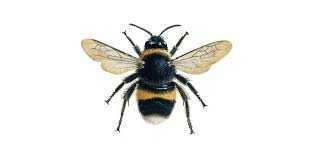In our class, we are taught by Miss Curphey and Mr Everall. Discoverers are Year 4 and Year 5.
We have busy weeks, with English and Mathematics lessons taught daily, alongside a range of curriculum subjects and some lessons that happen once a week, like computing with Mrs Gurney and PE with Hawkes which happen on Wednesday afternoons.
On a Tuesday afternoon, we have swimming, so need to bring our kits in for this. We usually leave our PE kits in school for the half term, and take them home just before the holidays.
Also on a Thursday, we have magical music with Mrs Edwards and Mr Butterfield (our amazing music teachers). We need to remember to practice our instruments at home, and then bring them in on a Thursday morning ready for our lesson.
We bring our books and reading records to school each day, so we can share our reading on a regular basis and change them when we have finished reading them. We also bring our Times tables cards to school each day so we can help each other learn these facts.
Each week, homework is set up for us on Sumdog. Sumdog is a fun website, which helps us practice our maths skills through playing games. It is set up for us every Thursday, to be completed by the following Wednesday. We also get spelling homework too. This happens every other Thursday, and we are tested on the spellings during the Tuesday of the second week. The test dates are written on the spelling sheet. We practice our spellings during the week at school, too.
Below, you will find updates, where we share all of the special memories we make in this class.
Wednesday 8th July 2020
Good morning, Discoverers,
How are you all this morning?
In English today, you will begin to fill in the information on your report layout, which you created yesterday.
I have uploaded many sections of information, which you studied last week. These can be summarised into your own words, and written underneath the subheadings that you created yesterday.
You will continue to fill in the information boxes tomorrow, so take your time with them.
In maths today, you are going to move on to looking at four sided shapes, named quadrilaterals.
Here is a video to introduce you to the names of the different four-sided shapes: https://www.youtube.com/watch?v=yiREqzDsMP8
Then, try to answer today’s questions.
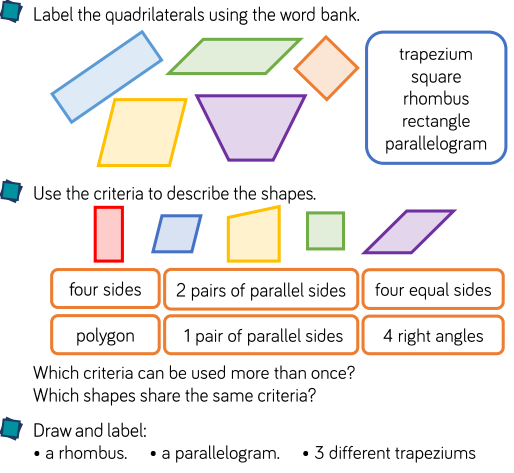
For our additional subject, we have been looking at art.
However, for the rest of the week, we are going to begin to practise for our sports day which is fast approaching.
An observation will be added to Tapestry and on our school website, on Friday. This will contain instructions and videos of the activities, which you can take part in at home.
We will be taking part in the same activities at school 😀
Can you think of the activities which usually happen on sports day?
Today, we will increase our fitness levels in preparation.
I would like you to complete a Joe Wicks PE session.
Watch the video, and follow along: https://www.youtube.com/watch?v=EHGi-_4jAIk
Have a great day everybody,
Mrs Taylor
Tuesday 7th July 2020
Good morning all,
I hope that you had a great sleep last night ??
Today, in English, you are going to decide which information you would like in each of the information boxes that you have drawn. And, which pictures you will draw in the spaces you have chosen.
In a report, like the one you created about fish last week, you will find that there are subheadings above each different section of information.
A subheading gives you a clear idea of what the writing beneath will be about.
Today, I would like you to write the subheadings for each of the information boxes, and make a note of the drawings that you will create in the others. Your subheadings could be: Why are bees so important? What is pollination? How many species of bees are there? Why are bees dying? Etc.
You will also need a title, which tells the reader exactly what you report is about.
Your title could be as simple as ‘All About Bees’, or you could be more creative.
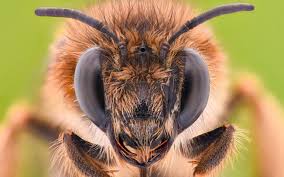
Well done with your maths work yesterday, you remembered the new vocabulary well ?
Today, you will be drawing the different types of triangles.
Try to draw two equilateral triangles (all sides are the same length), two isosceles triangles (two sides are the same length) and then two scalene triangles (no sides are the same length).
You could ask an adult to check your triangles for you, and if they are unsure of the properties for each, show them this video to help: https://www.youtube.com/watch?v=r4rySgvfDQU
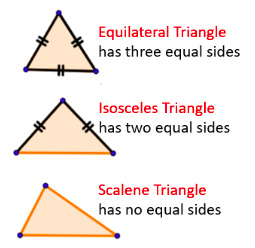
Today, in art, you will finish the drawing of your bee from yesterday.
You can use whatever colouring materials that you have at home. This may be paint, colouring pencils, or felt tips.
Try to capture the colours that are in the original picture, and observe any areas which appear to need shading.
Look carefully for any shadows, and try to use a darker blend of your chosen colour to add these.
I would love to see your final drawings, so send them my way if you can ?
Thank you
Mrs Taylor
Monday 6th July 2020
Happy Monday, Discoverers,
I hope you had a wonderful weekend. What did you get up to?
Today, in English, I would like you to start planning the layout of your report about bees.
Start by deciding how many information boxes you would like, and how many pictures you will draw.
Then, use a pencil to draw boxes on a piece of paper, where your text and pictures will be.
Here is an example to help you:
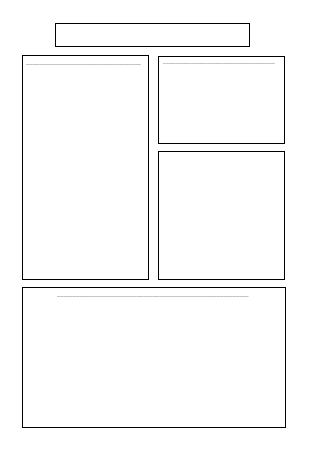
In maths, today, I have two problems for you to solve.
They are both in relation to shape, but you will need to use your knowledge of measure too.
Remember, the perimeter of a shape is the amount that all of the sides add up to.
And, in relation to the straws, they are all equal lengths, and can not be cut smaller.
Good luck!
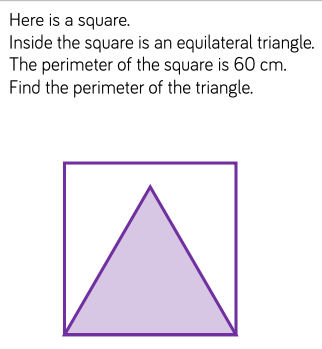
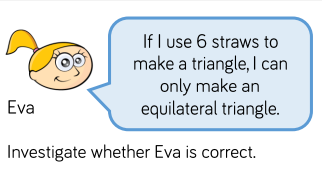
For our additional subject, we are going to focus on art, today and tomorrow.
As we have been learning lots about bees, and you will be drawing pictures for your report later in the week, I thought you might like to create a large piece of artwork of a bee.
Today, you will focus on drawing the outline, and tomorrow you will work on the colour.
Look carefully at the pictures I have provided, and choose which one you would like to draw.
Then, look carefully at the small details of the bee (using Friday’s bee drawing to help) and try to capture these.
Enjoy!
Have a great day everybody,
Mrs Taylor
Friday 3rd July 2020
Happy Friday Discoverers,
In maths, we are moving on from angles, and focusing on shapes.
Today, we are looking specifically at triangles.
There are three different types of triangle: scalene, isosceles and equilateral.
Do you know the difference between them?
Watch this video to help, and then try to answer today’s questions.
https://www.youtube.com/watch?v=r4rySgvfDQU
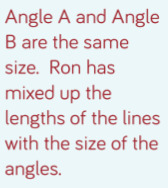
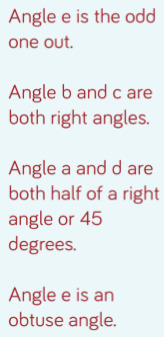
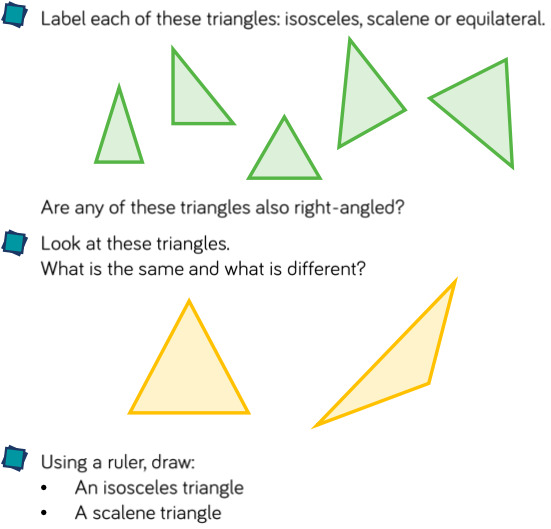
Today, we are going to learn the different parts of a honey bee.
We will start by drawing it.
Use this video to help: https://www.youtube.com/watch?v=Ho4aUHY6fss
Then, you can label the different parts.
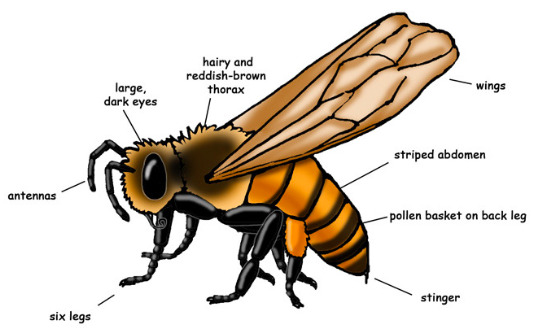
In science, you are going to complete your report about your chosen fish.
You will use the facts that you have gathered, and the drawing that you created yesterday, to put together a short report informing others about your fish.
Share it with people in your family, and upload it for me to learn ?
Here is an example of a report about killer whales:
Take note of its layout, and the use of images to help the reader understand the information they are being given.
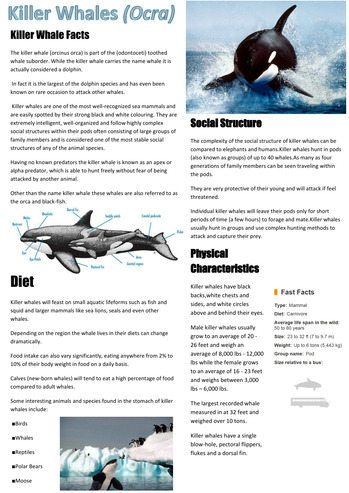
Enjoy your day, and have a great weekend,
Mrs Taylor
Thursday 2nd July 2020
Good morning, Discoverers,
I hope that you have a wonderful night’s sleep 😀
I am impressed with how well you are doing, when learning about angles.
Today, you are going to see if you agree with Ron’s thinking, and then try to spot the odd one out.
Look carefully at the evenly spaced dots on the second question, this will help you to answer.
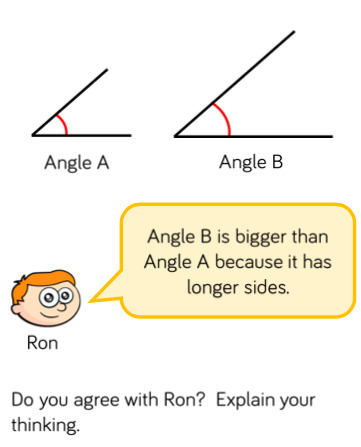
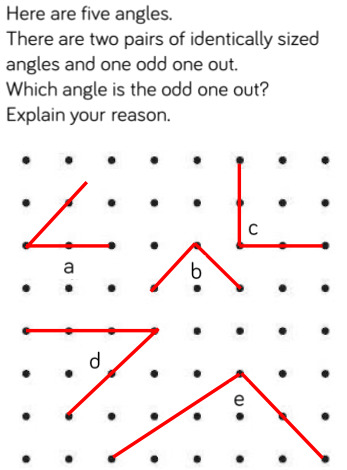
Today, we are going to find out which plants bees prefer.
One way to help prevent bees from dying, is to make sure that there are enough of the plants they need.
Here is a website, which may help you to identify different plants: https://www.woodlandtrust.org.uk/blog/2019/03/wildflowers-for-bees/
Today, I would like you to write a list of the plants that you have spotted bees using.
If you struggle to identify the plant, you could draw it or send me a picture, so we can figure it out together.
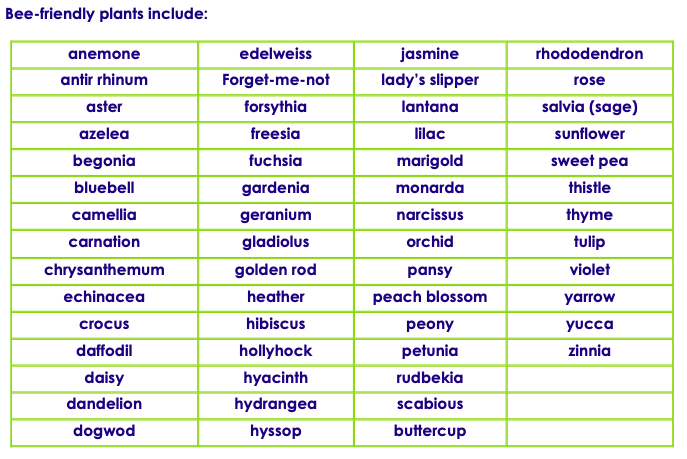
Today, you are going to draw the fish that you chose to write about yesterday.
Use the video from Monday, to help you remember the key parts, and use the picture on yesterday’s website to include the finer detail.
You can use this picture in your report.
Here is the video you used on Monday: https://www.youtube.com/watch?v=NW7BFwDogh8
Here is the website that you choose your fish from: https://kids.nationalgeographic.com/animals/fish/
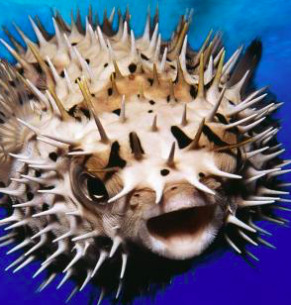
Have a great day,
Mrs Taylor
Wednesday 1st July 2020
Good morning, Discoverers,
I can’t believe that it is the 1st July already! Can you?
Here are the answers to Tuesday’s questions. Did you answer them all correct?
Today, we are starting to look at angles within shapes, so that you can identify if they are acute, obtuse, or right angles.
Try to answer each of the questions, and if you get suck, here is a video which may help:
https://www.youtube.com/watch?v=9RTM418qfdI
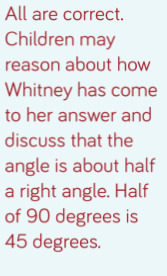
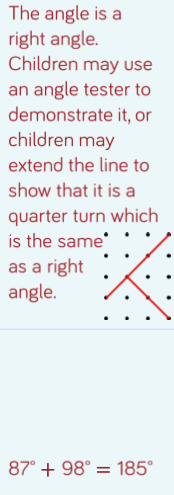
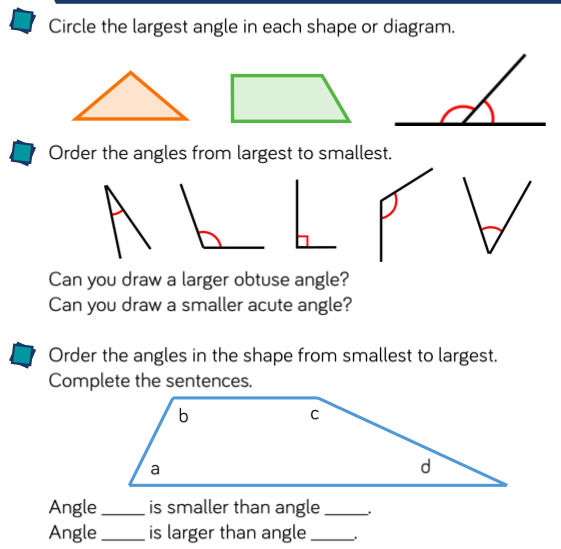
Why are bees dying?
Today, we are going to try and answer this question.
I have uploaded lots of information for you.
Can you read the information, and try to summarise its key points?
After you have found the key pieces of information, tell everybody in your house, and we can start to protect bees together ?
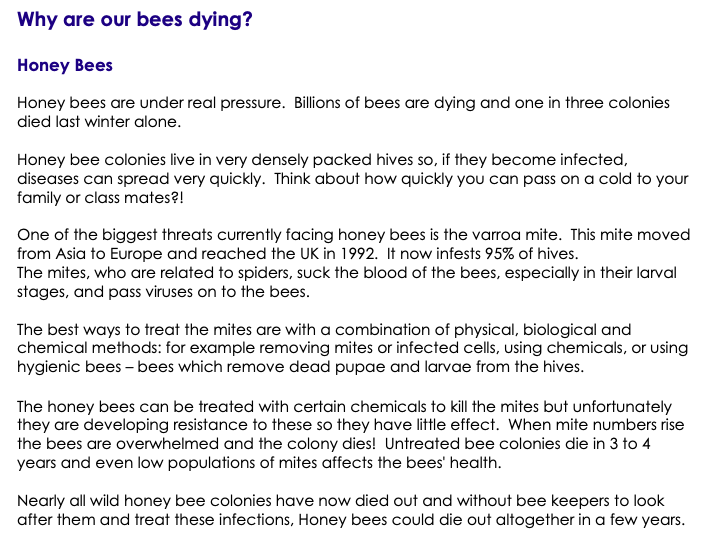


Today in science, I would like you to research one particular fish.
Here is a website, for you to choose your fish: https://kids.nationalgeographic.com/animals/fish/
After you have chosen one, make notes about it, summarising its key facts.
We will use this information later in the week, when we will create a report about it.
Enjoy looking at the different types of fish, some of them are very interesting!
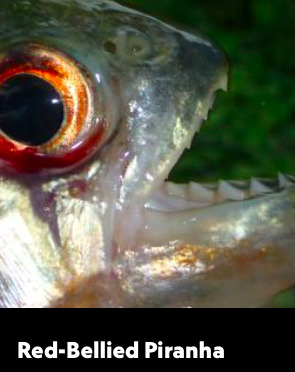
I hope that you all have a lovely day,
Mrs Taylor
Tuesday 30th June 2020
Good morning, Discoverers,
How are you all feeling today?
In maths, we are continuing to learn about angles.
Use what you learned yesterday, to help you figure out who is correct in today’s first question.
For your second question, you need to add together the largest acute angle (less than 90 degrees) and the smallest obtuse angle (bigger than 90 degrees).
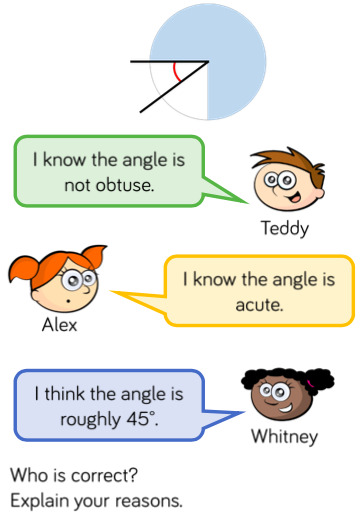
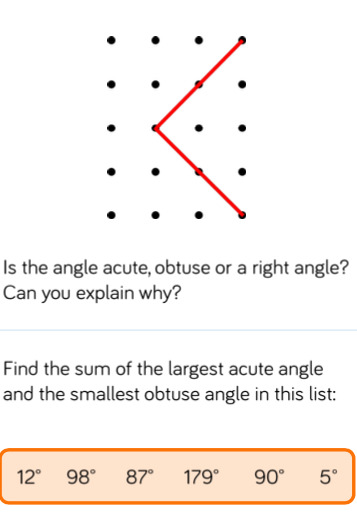
Today in English, we are learning more about bees.
I have uploaded some information for you, which explains a little bit about why bees are so important.
Did you know that without bees, we wouldn’t have around a third of the foods that we eat, including apples and strawberries?
Today, I would like you to look at the list of foods and write down all of the ones that you eat, then tell me how many foods you wouldn’t have if it wasn’t for bees pollinating them.
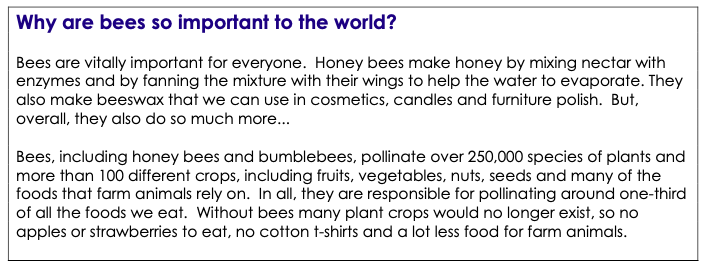
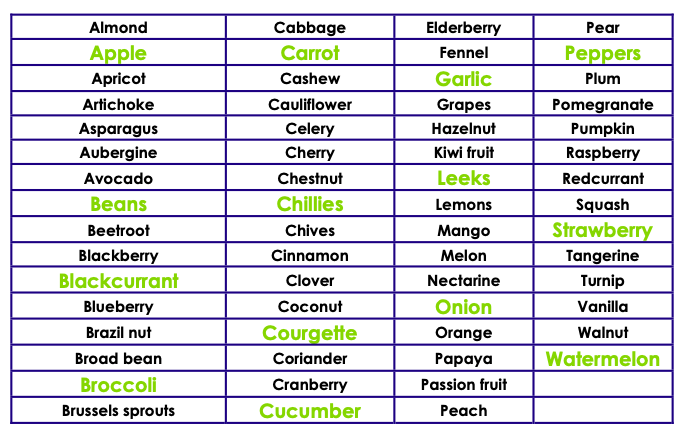
Yesterday, in science, you drew and labelled a fish.
Today, you are going to learn some fun facts about them.
Here is a website with many facts for you to learn: https://www.coolkidfacts.com/fish-facts/
I have also added a picture of some more facts that aren’t covered on the website.
It would be great if you could compile the most interesting facts, and teach somebody in your home about them.
Did they already know any of your facts?
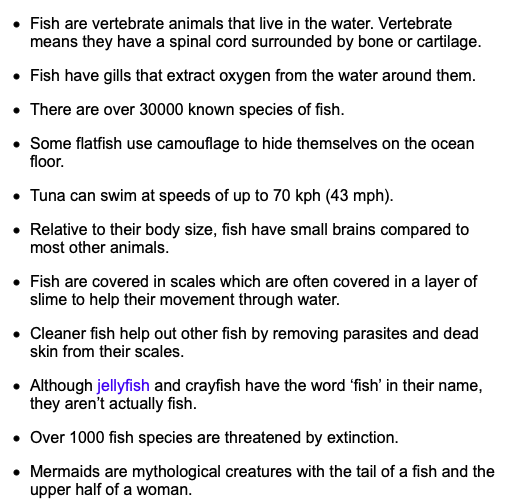
Have a great day everybody,
Mrs Taylor
Monday 29th June 2020
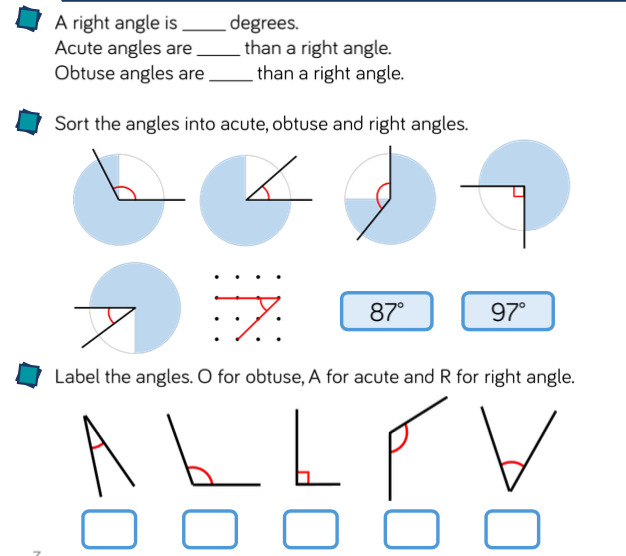
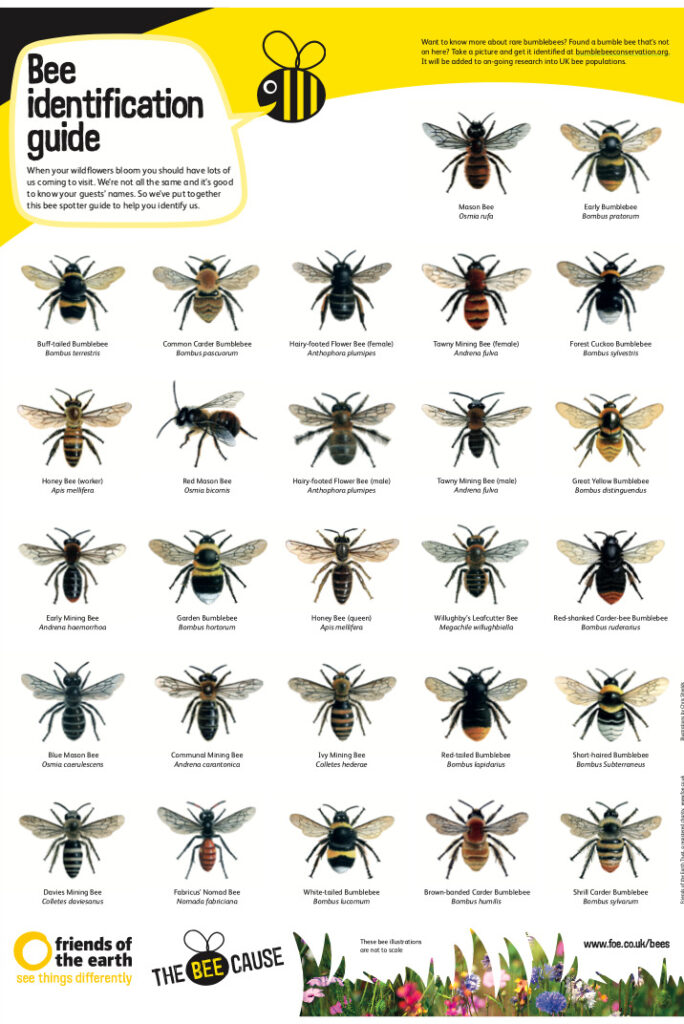
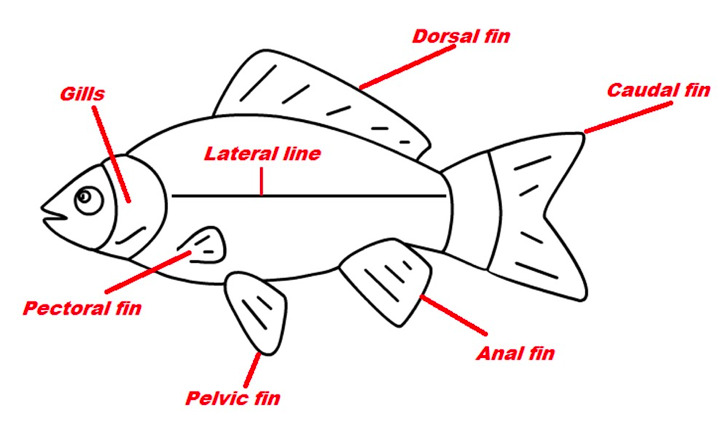
Friday 26th June 2020
Good morning, Discoverers,
Yesterday, you answered maths questions, which were related to the amount points that different teams had gained.
Here are the answers for these:
1. A = 15 points
1. B = 140 points
1. C = 20 points
2. A = The cinema
2. B = 7 more votes were for Ice skating than swimming.
Today, I would like you to help Rosie, by spotting her mistakes.
You will need to count all of the votes carefully, remembering to use the scale on the Y axis to help you.
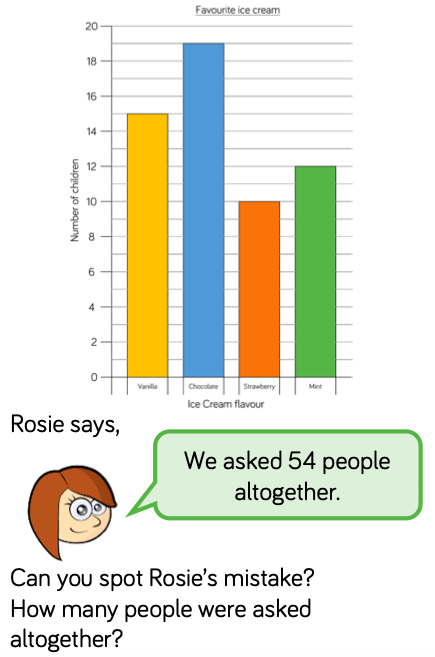
Throughout the story ‘Rain Before Rainbows’, we can see that there are two characters in each of the images.
There is the young girl, and her companion, which is a fox.
Today, I would like you to imagine that you have a companion.
Firstly, you need to decide if it will be an animal, or something else, and draw it in the middle of a piece of paper.
Then, around your drawing, write all of the ways in which you can describe it.
You can add descriptions about its personality, its looks and its values, and anything else you can think of.
I can’t wait to see what you have chosen 😀
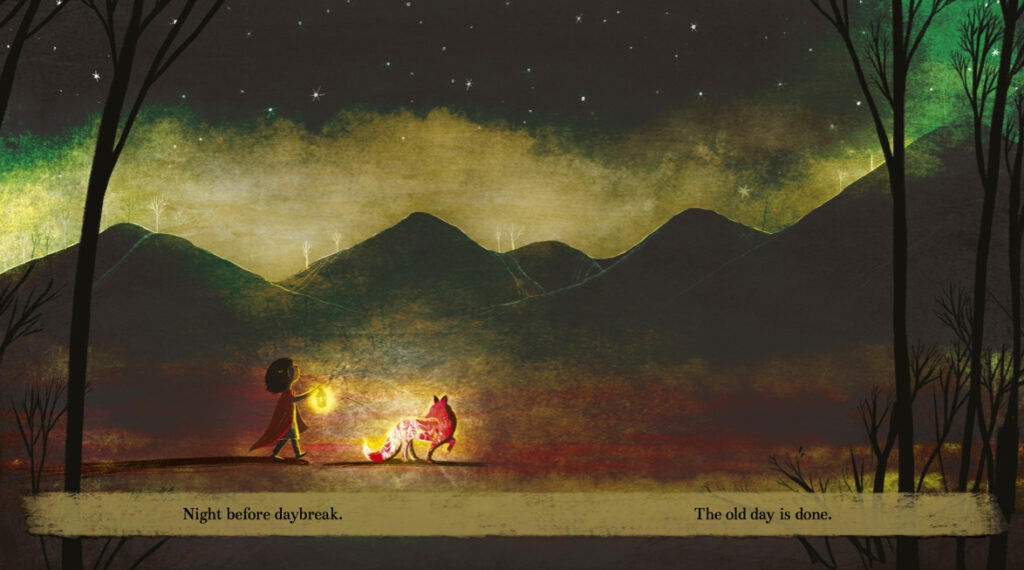
We have spoken about our life being like a journey this week, and you have been thinking about celebrations which you have taken part in.
You have also found out about key events that have happened in your families lives.
Earlier in the week you drew a timeline of your life so far, and added on important events that you could remember. Today I would like you to continue that timeline into your future, adding things on that you imagine may happen in your life.
Add on important events that you are looking forward to. You could speak with your family and get some ideas from them 😀
Have a wonderful day,
Mrs Taylor
Thursday 25th June 2020
Hello everybody,
I hope that you had a great night’s sleep!
Here are the answers to yesterday’s questions. Did you give Jack the same advice?
Today, in maths, you are going to analyse some data.
Look carefully at the yellow circle, and remember that a full circle is worth 20 points. This means that half a circle would be worth 10 points. How many points would a quarter of a circle be worth? And three quarters?
When looking at the second table, remember that to find 1/4 of the total number of votes, you will first need to add up all of the votes.
Good luck, and let me know if you would like any help 😀
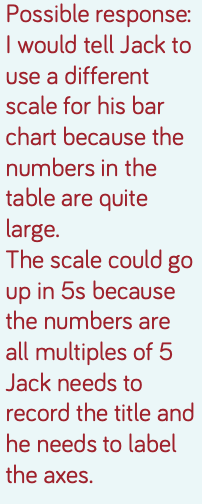
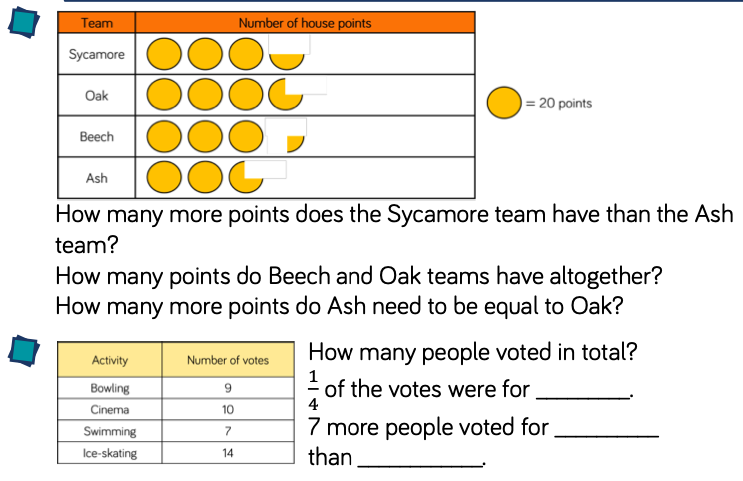
In English today, we are focusing on the lines: There are mountains for climbing, journeys to take.
Can you think what these lines might be a metaphor for?
I read the lines as representing the struggles that people may face in life.
Can you think of any mountains that you have had to climb recently? It may be a small struggle, or something bigger, perhaps it was the struggle of not being able to come to school?
How did you manage to climb the mountain, and face your dilemma?
Today, I would like you to draw some of the struggles you may have faced, and then show me how you have overcame them.
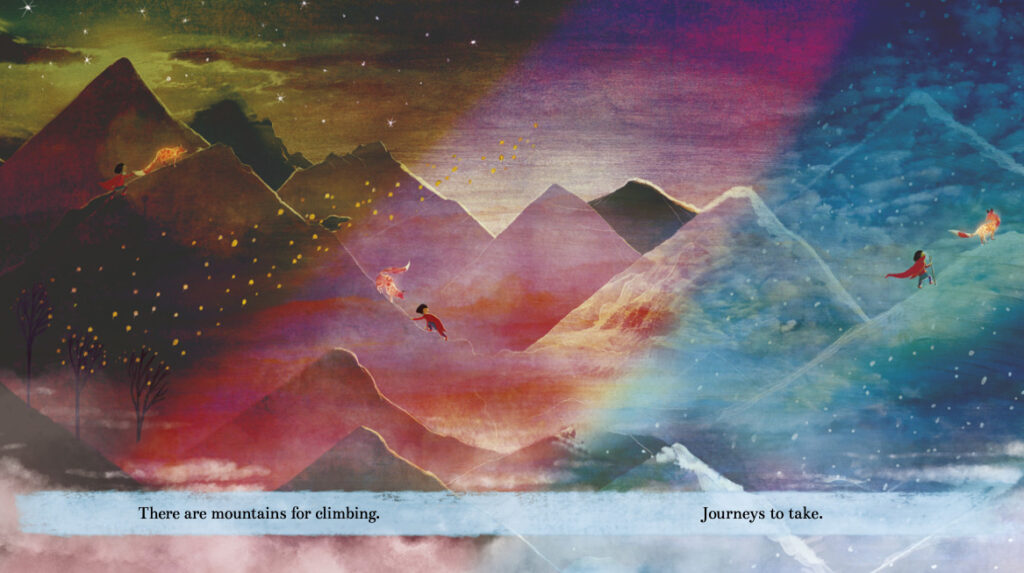
Yesterday, in RE, you thought about the important events which may occur in your lifetime, and the celebrations that you would like to have.
Today, I would like you to spend time talking with an adult, to find out about the celebrations in their life so far.
You may decide to phone somebody in your family, or talk to somebody at home.
These are the questions you could discuss: Which important events have happened in your lifetime? What happened? Did you celebrate? How?
Have another great day in the sunshine,
Make sure you put lots of sun cream on, if you are going outside today,
Mrs Taylor










